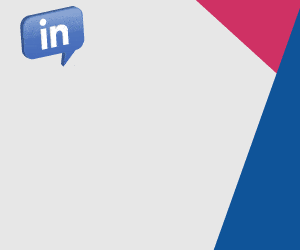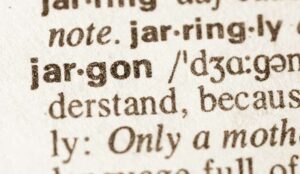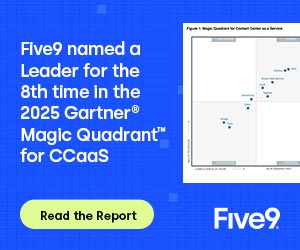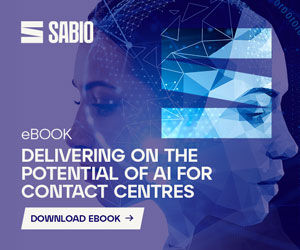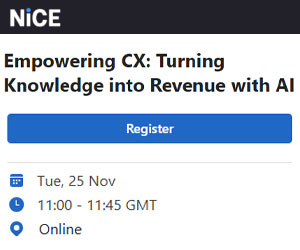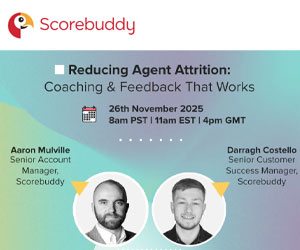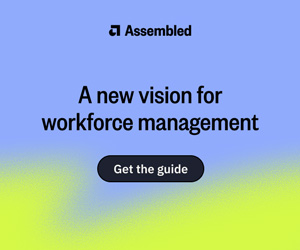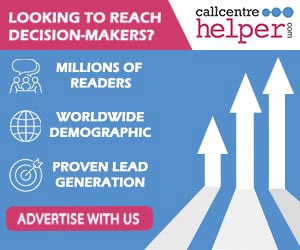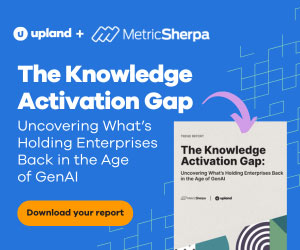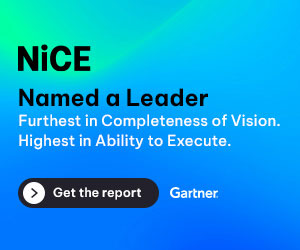Sera Diamond at Synthflow breaks down how AI lead qualification works, what use cases it’s best for, and how companies are using it to improve conversion rates and lower acquisition costs.
If your sales team is wasting time chasing the wrong leads-or missing hot ones due to slow follow-up-it’s time to look at AI.
AI voice agents are changing the way companies qualify leads. By automating real-time conversations, they can instantly capture intent, verify interest, and route the right prospects to your team-before the competition ever picks up the phone.
The Problem With Traditional Lead Qualification
Marketing hands off leads. SDRs follow up. But things often break down:
- Slow response time: 78% of customers buy from the first responder.
- No human bandwidth: SDRs can’t call every lead right away.
- Wrong leads: Too many unqualified leads clog up pipelines.
- Repetitive work: Asking the same questions, over and over, kills morale.
This is where AI voice agents shine.
What Does AI Lead Qualification Look Like?
An AI voice agent automatically calls inbound leads (or answers their calls), asks qualifying questions, and decides what to do next based on the answers.
For example:
- “Hi! I saw you requested more info. Are you evaluating solutions for yourself or your company?”
- “What timeline are you looking at?”
- “Do you have a budget already approved?”
- “Would you like to book a demo with our team?”
The agent logs the answers, applies logic rules, and either books a meeting, disqualifies the lead, or routes it to a human for further handling.
What Makes AI Qualification Better?
- 1. Speed – AI can follow up in seconds, not hours or days. That dramatically improves the odds of reaching someone while interest is still high.
- 2. Consistency – Every lead gets the same set of questions, in the right order, with zero human error or judgment variance, improving pipeline quality through standardized workflows.
- 3. 24/7 Coverage – AI doesn’t sleep. Leads from different time zones or after-hours campaigns can still be qualified to improve response times.
- 4. Multi-Channel – Combine AI voice calls with SMS follow-ups, reminders, or survey completion requests for more coverage.
Use Cases for AI in Lead Qualification
Inbound Form Follow-up
- Call every lead who submits a form within 5 minutes
- Qualify and book a meeting directly into the calendar
- Flag high-intent responses for priority routing
Outbound SDR Campaigns
- Re-engage cold leads
- Reactivate aged contacts from CRM
- Run high-volume demo booking campaigns with low cost
Event or Webinar Leads
- Instantly call attendees who filled out an event form
- Ask contextual questions related to the event topic
- Offer scheduling if interest is confirmed
What a Real AI Call Flow Looks Like
Let’s say a lead downloads a pricing guide. Your AI agent can:
- Call the lead automatically within minutes
- Say: “We noticed you checked out our pricing – are you actively evaluating solutions?”
- Ask about company size, timeline, and use case
- Qualify them based on your ICP
- Book a meeting if they fit
- Log the data into your CRM instantly
No SDR required for the first touch.
How It Fits Into Your Funnel
Think of AI as your first line of qualification. It doesn’t replace your team – it makes them more efficient.
- AI handles the first pass: Is this lead a fit? Are they ready to talk?
- Human SDRs engage deeper: For complex use cases, pricing discussions, or product education.
- Managers get visibility: into call logs, qualification rates, and campaign ROI.
- It’s a high-leverage addition to any GTM motion.
Final Takeaway
AI voice agents aren’t just faster – they’re smarter. By qualifying leads in real time, they help you:
- Respond instantly
- Filter out poor fits
- Book meetings while interest is hot
- Scale campaigns without hiring more SDRs
If you’re spending time or money on lead generation, but not qualifying them fast enough, AI is your missing link.
Author: Synthflow
Reviewed by: Rachael Trickey
Published On: 16th Sep 2025
Read more about - Guest Blogs, Synthflow




